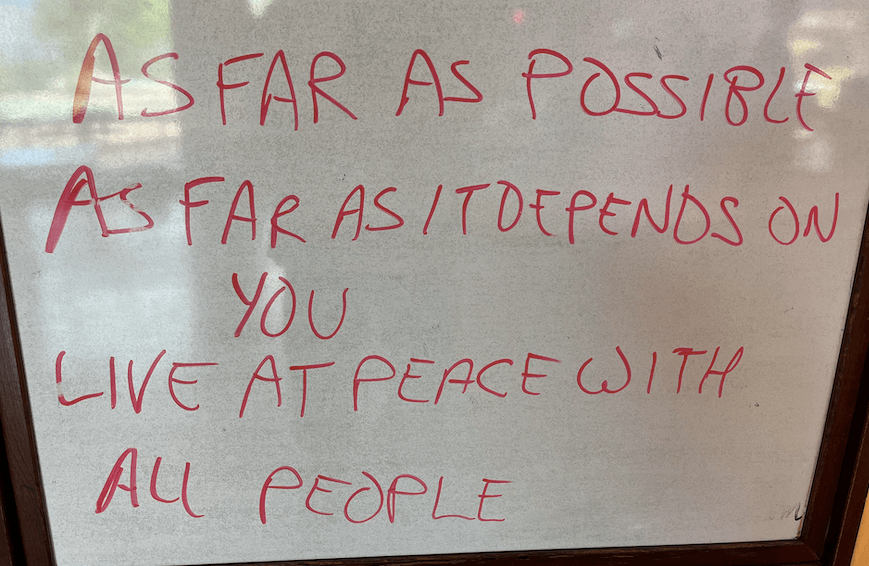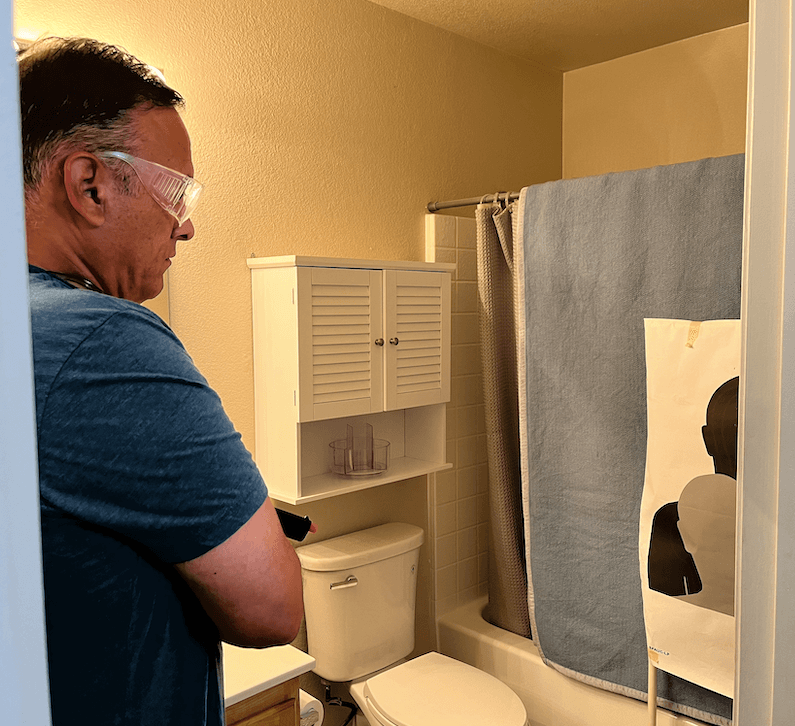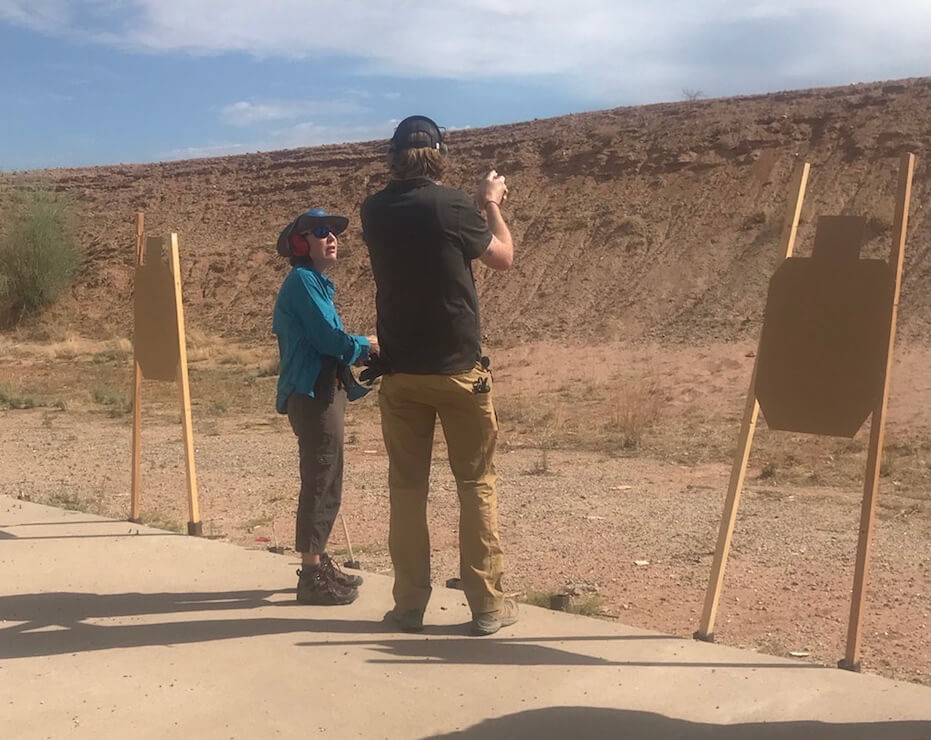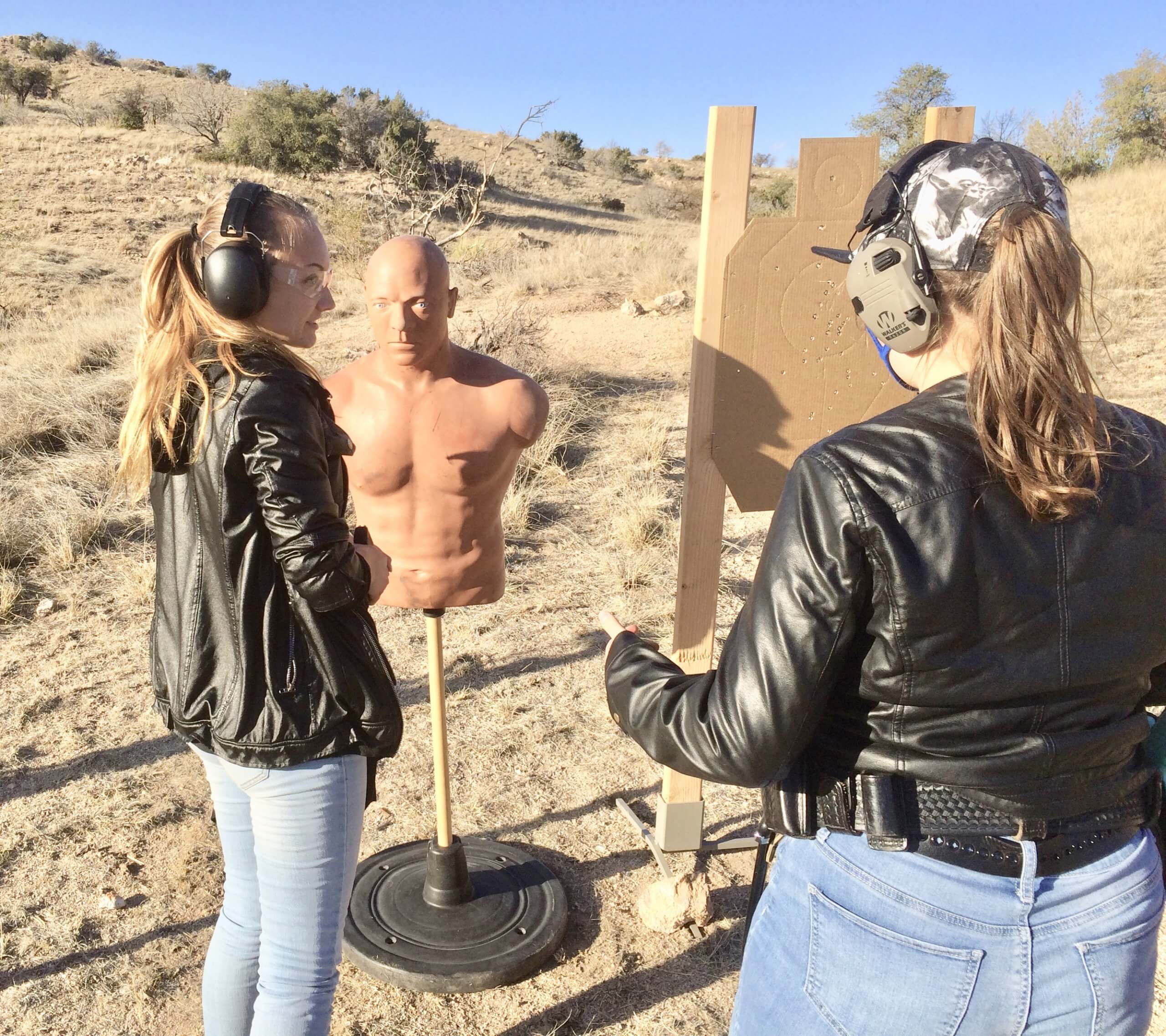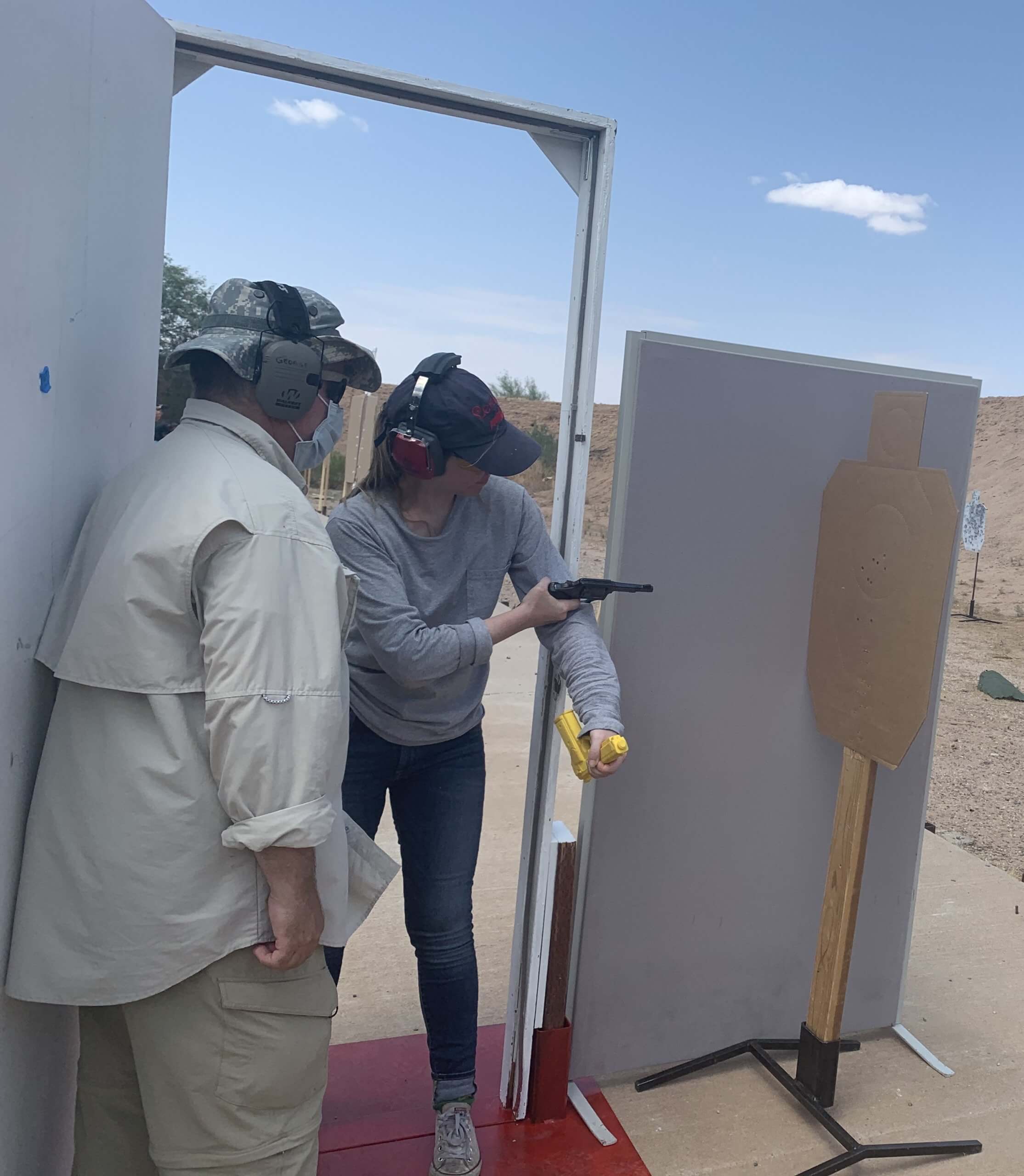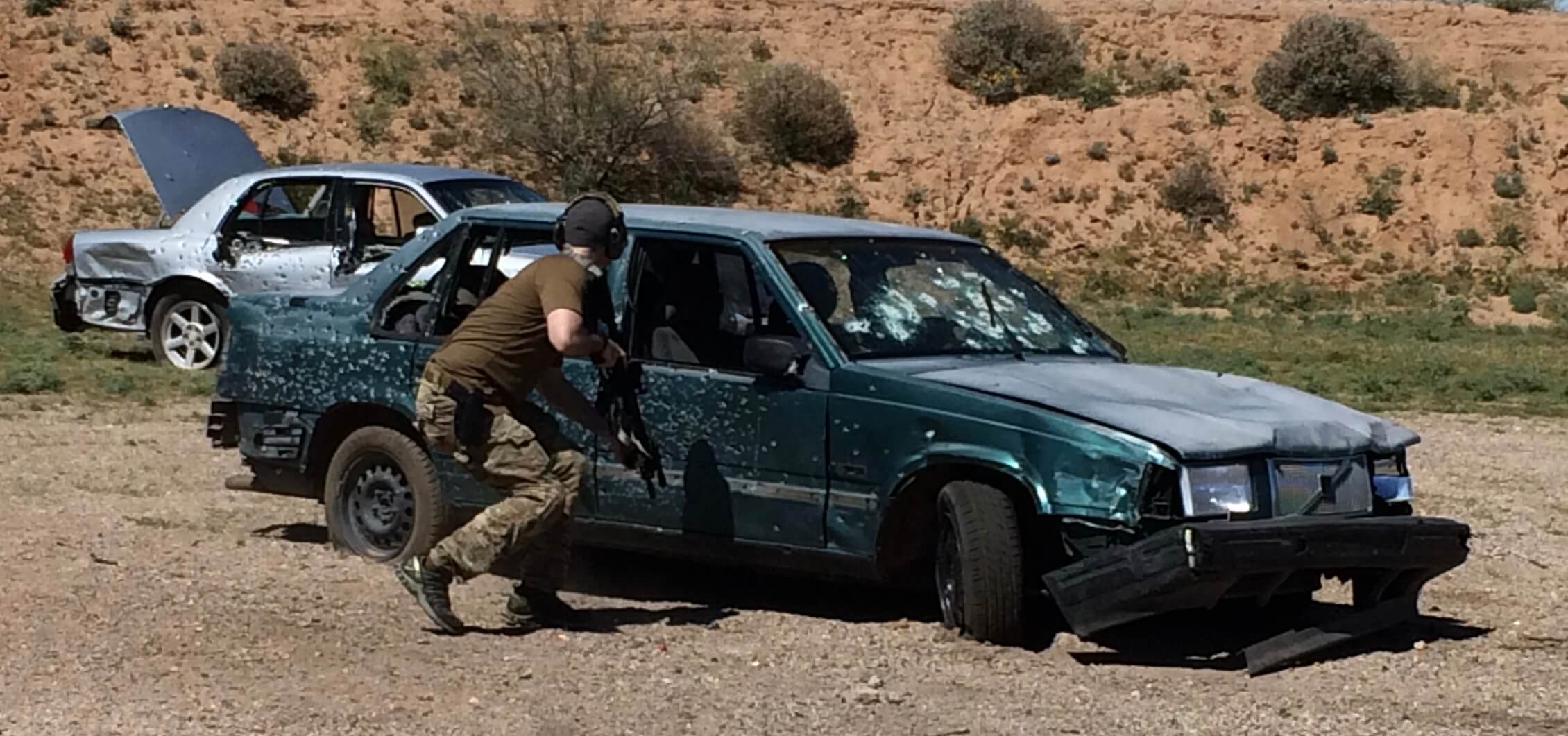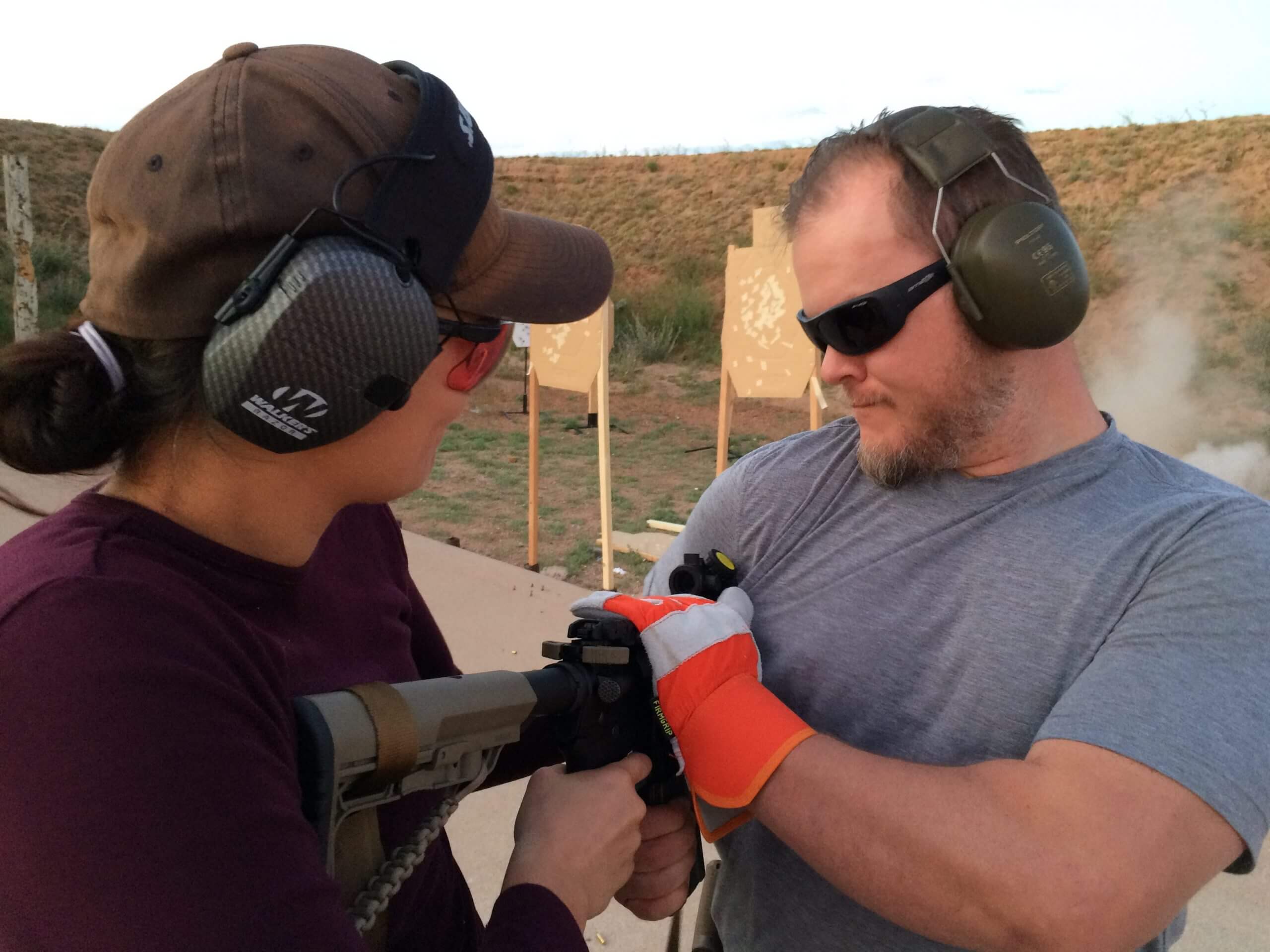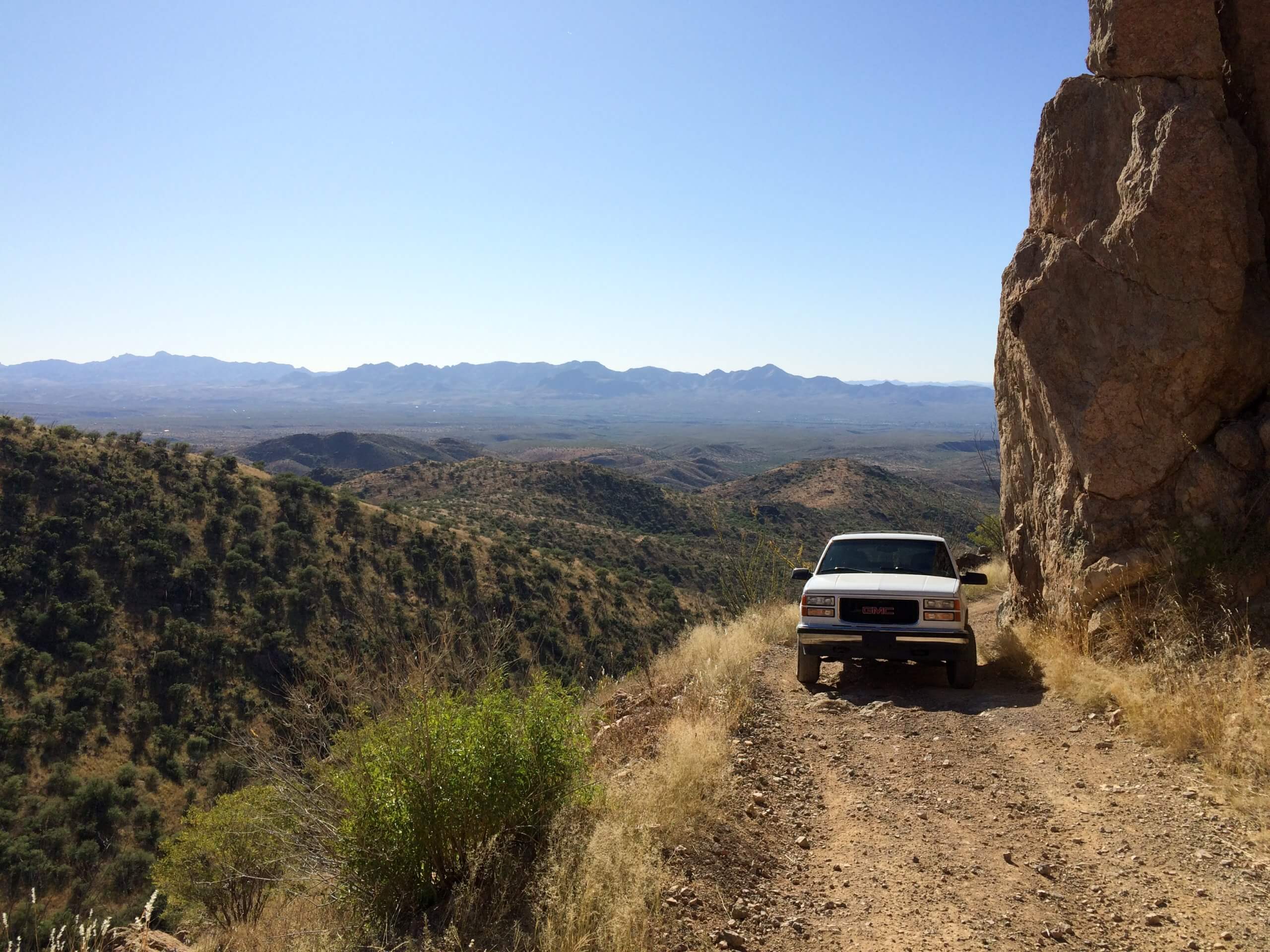Protected: Selective and Effective: Advanced Scenario Training, 07 Dec 2025
This day and night scenario-based training allowed students who already had a strong foundation in firearms safety, marksmanship, and manipulations to hone their skills with weapon mounted lights, handheld flashlights, NODs, and other gear, in simulations replicating real-world incidents.













